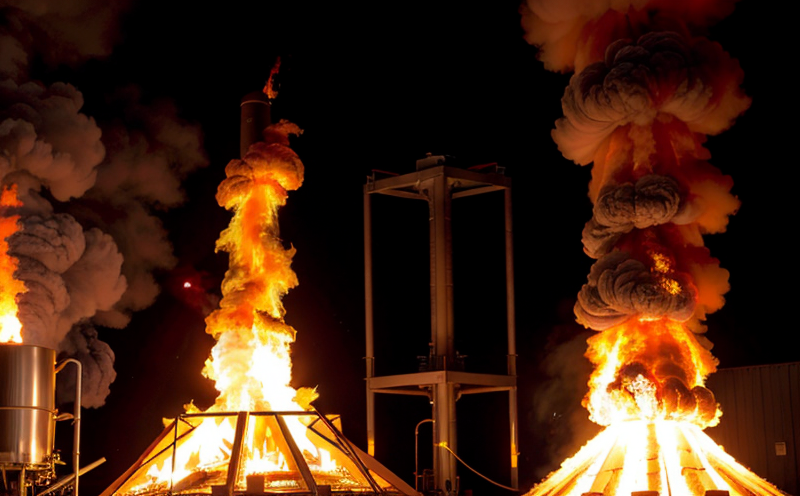Carpet Flammability Testing
The safety of environments where carpets are used is paramount. Carpet flammability testing evaluates how prone a carpet material is to catching fire and spreading flames, which is critical for compliance with building codes, insurance requirements, and consumer safety standards.
Flammability tests measure the ignition temperature, flame spread rate, smoke production, and heat release of a carpet. These parameters are vital in understanding how carpets behave under different thermal conditions, especially when exposed to fire sources like cigarettes or matches.
The testing process ensures that products meet specific regulatory requirements, enhancing public safety by preventing potential fires from spreading rapidly. Carpet manufacturers, retailers, and building owners can rely on this test to ensure their products are safe for use in residential and commercial settings.
Flammability tests must adhere to international standards such as ISO 17129 or ASTM E648, which provide standardized methods to measure the flammability of textiles. These standards help ensure consistency across different laboratories and regions, making it easier for manufacturers and suppliers to comply with global regulations.
The testing process typically involves preparing a specimen from the carpet material according to standard protocols. This may include trimming the sample to specific dimensions or ensuring that there are no pre-existing defects. Once prepared, the specimen is subjected to controlled flame exposure in a specialized apparatus designed for this purpose.
During the test, various parameters are continuously monitored and recorded. These include the time taken for the material to ignite, the rate at which flames spread along its surface, and the amount of heat released during combustion. Additionally, smoke production levels and other gaseous emissions are measured to assess the environmental impact of the burning process.
After the test concludes, a detailed report is generated outlining all observed data points and comparing them against established criteria. This comprehensive analysis helps determine whether the carpet meets specified safety standards or requires further modifications.
Scope and Methodology
| Parameter | Measurement | Unit of Measurement |
|---|---|---|
| Time to Ignition | Continuous Monitoring | Seconds |
| Flame Spread Rate | Meter per Minute | m/min |
| Heat Release Rate | Calories per Square Meter Per Minute | cal/(m²·min) |
| Smoke Production Index | Percentage of Oxygen Reduction | % |
Why Choose This Test
Carpet flammability testing is essential for ensuring the safety and compliance of materials used in various applications. By conducting thorough tests, manufacturers can identify areas where improvements are needed to enhance fire resistance.
This type of testing also plays a crucial role in reducing liability risks associated with product use. When accidents occur due to insufficiently tested materials, it becomes easier for companies to demonstrate that they adhered to all necessary safety protocols.
Additionally, flammability tests contribute significantly towards improving consumer confidence by providing evidence that carpets are safe even under extreme conditions. This builds trust between manufacturers and consumers while fostering better overall market practices.
Use Cases and Application Examples
- Residential homes where safety is paramount
- Public spaces such as schools, hospitals, and airports
- Clinical facilities requiring stringent hygiene standards
- Commercial offices aiming to maintain high levels of comfort and productivity





